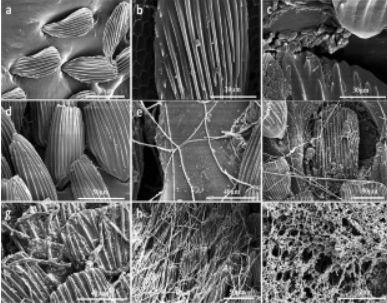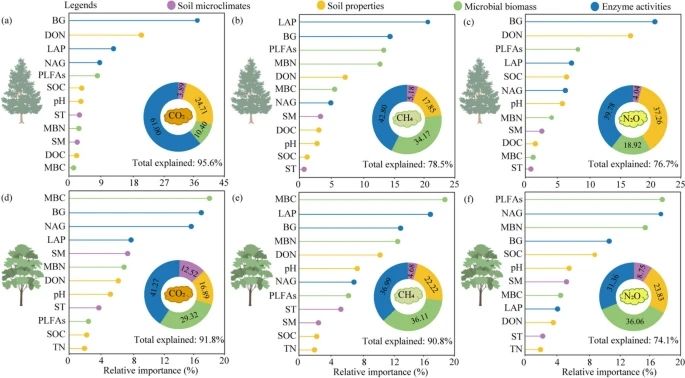Lei Yu (于雷)
@nefu-for-journal.bsky.social
73 followers
180 following
91 posts
I am the managing editor of Journal of Forestry Research (JCR IF=4.6, 6/92; Scopus Citescore of 8.9). You can get all via journal web: https://www.springer.com/journal/11676
Posts
Media
Videos
Starter Packs
Reposted by Lei Yu (于雷)
Reposted by Lei Yu (于雷)
Reposted by Lei Yu (于雷)
Reposted by Lei Yu (于雷)
Reposted by Lei Yu (于雷)
Reposted by Lei Yu (于雷)
Reposted by Lei Yu (于雷)
Reposted by Lei Yu (于雷)
Reposted by Lei Yu (于雷)





















